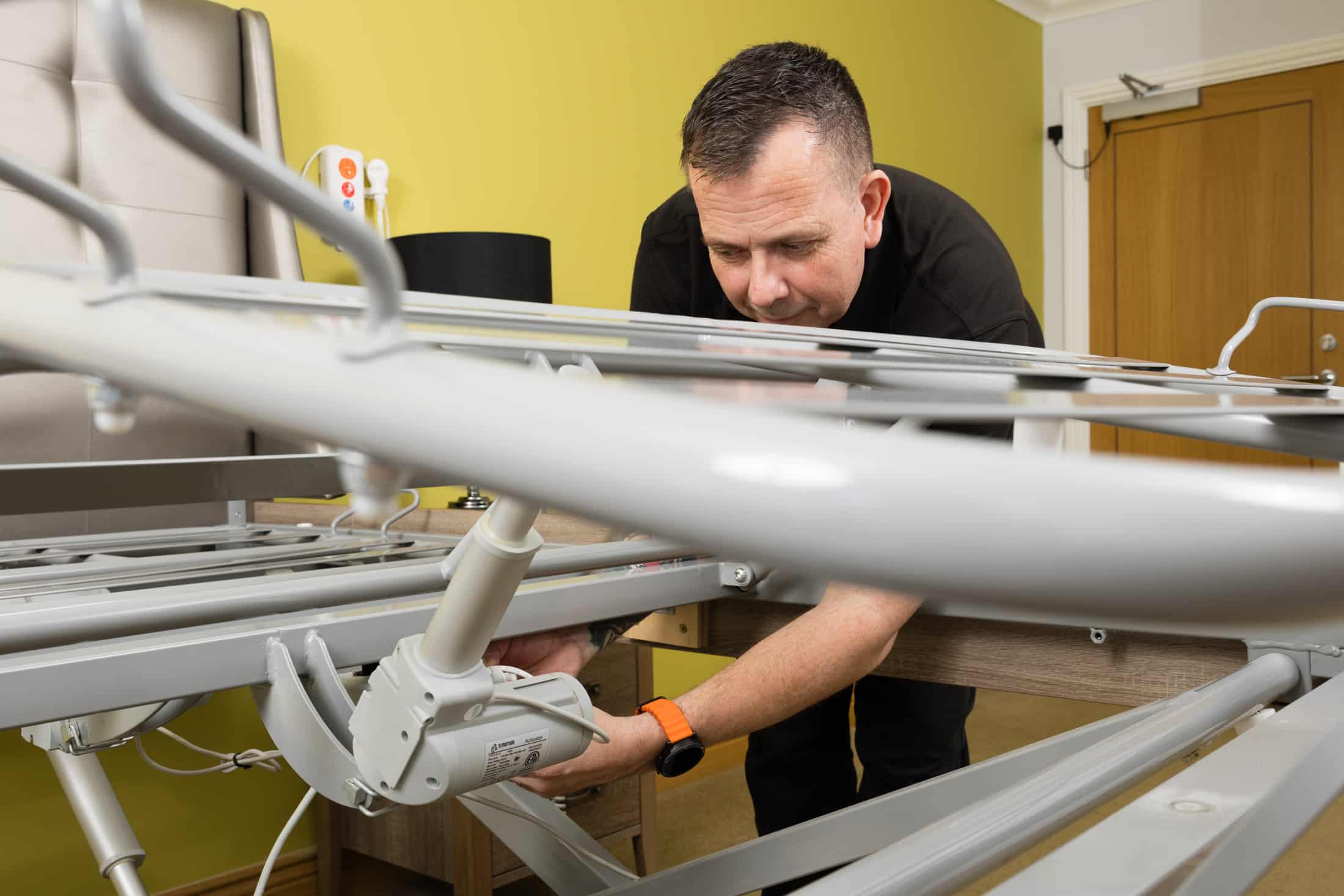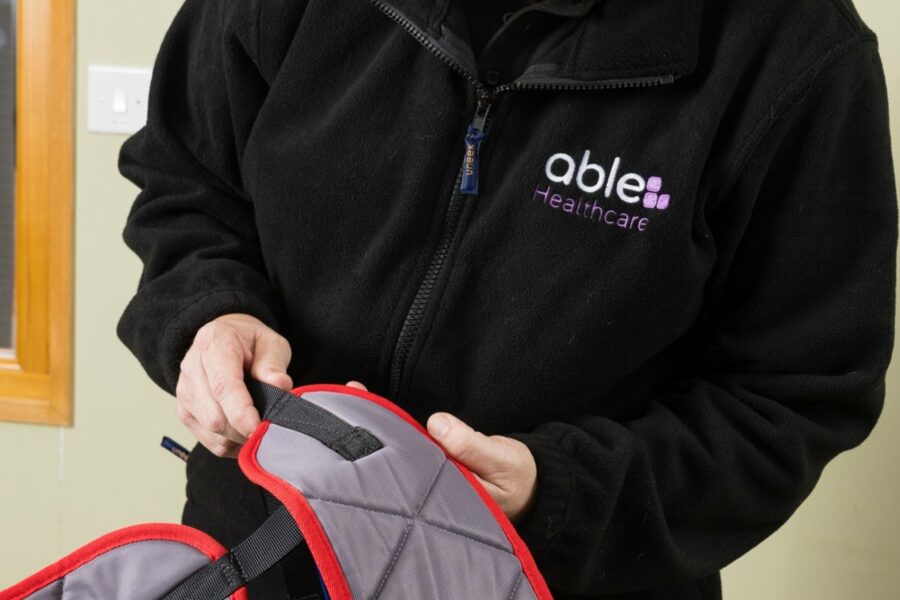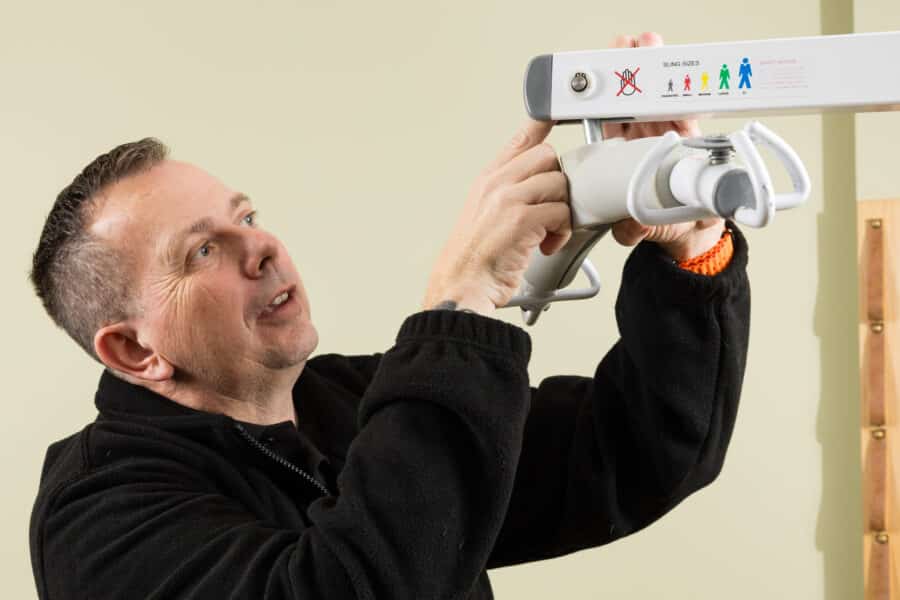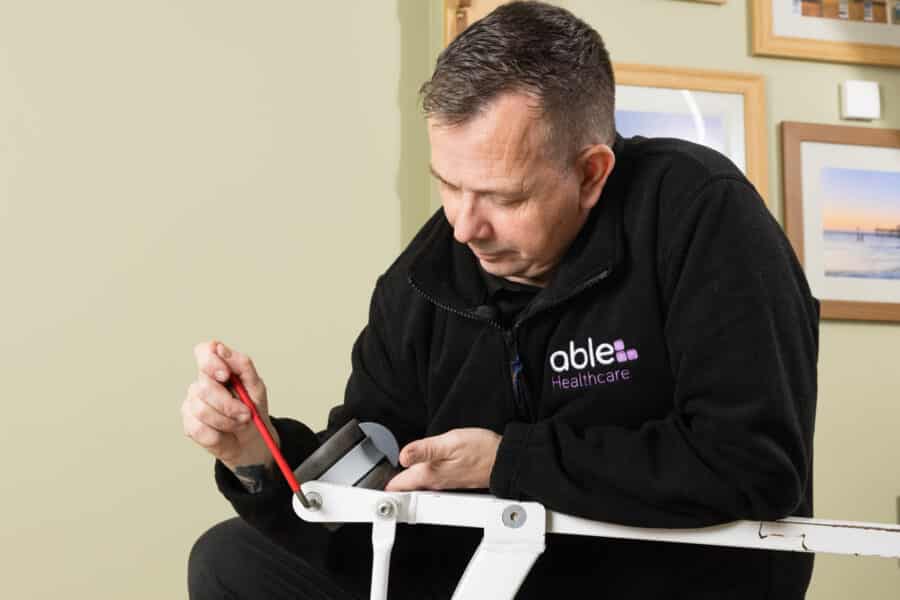When you manage or oversee a care home, compliance isn’t just a box-ticking exercise — it’s directly tied to resident safety, staff wellbeing, and CQC inspection outcomes. Among the many regulations you’re expected to follow, two often cause confusion: LOLER and PUWER. So, what is the difference between LOLER and PUWER, and what do care homes actually need to do to stay compliant? Let’s break it down in plain English.
What Is the Difference Between LOLER and PUWER?
LOLER (Lifting Operations and Lifting Equipment Regulations 1998) and PUWER (Provision and Use of Work Equipment Regulations 1998) are both part of UK health and safety law. They often apply to the same piece of equipment, but cover different aspects of its safety.
-
LOLER focuses on how lifting equipment is used, and whether it’s safe to lift people or loads. It requires regular inspections by a competent person — often every 6 months.
-
PUWER covers all work equipment, including how it’s maintained, used, and stored — not just lifting equipment.
Need help distinguishing which piece of equipment falls under LOLER or PUWER?Book a consultation below.
In care homes, this distinction is critical. If you have a hoist, it falls under both LOLER and PUWER. PUWER ensures it’s in safe working order. LOLER ensures it’s safe to actually lift residents or items.
Easy way to remember it:
PUWER = covers the equipment
LOLER = covers the lifting operation
What Equipment Is Covered by PUWER?
PUWER applies to any equipment used at work — whether by staff or provided for residents’ care. In a care home, that means:
-
Beds (especially electric profiling beds)
-
Trolleys
-
Wheelchairs
-
Cleaning equipment
-
Floor scrubbers
-
Pressure washers
-
Kitchen appliances
-
Maintenance tools
-
Hoists and slings
-
Stand aids
-
Shower chairs and commodes
All of this equipment must be:
-
Suitable for the task
-
Maintained in safe condition
-
Used by trained individuals
-
Regularly inspected and risk assessed
Care homes often miss PUWER compliance on things like cleaning machinery or electrical equipment that isn’t part of manual handling, but still poses risk.
What Equipment Is Covered by LOLER?
LOLER applies to any equipment used for lifting people or loads, especially where there is significant risk if the equipment fails. In care homes, this usually includes:
-
Mobile hoists
-
Ceiling track hoists
-
Standing aids
-
Slings
-
Bath lifts
-
Patient transfer equipment
To fall under LOLER, equipment must be used in a lifting operation — meaning it raises, lowers, or supports a load. For example, an electric profiling bed may not count as LOLER-regulated unless it includes a lifting component (like a hoist arm). If you’re unsure, it’s safest to treat all patient-lifting equipment as requiring LOLER inspection.
Learn more about Able’s LOLER service here.
Does PUWER Apply to Lifting Equipment?
Yes — PUWER does apply to lifting equipment, but it only addresses part of the safety picture.
Let’s say you have a ceiling track hoist. PUWER ensures:
-
It is correctly installed
-
Staff are trained to use it
-
It is serviced and kept in good condition
However, LOLER adds another layer of regulation. It requires a thorough examination of that lifting equipment by a competent person at set intervals (typically every 6 months for people-lifting devices). It also includes proper planning of lifting operations.
So if you’re asking, “Does PUWER apply to lifting equipment?” — yes, it does. But LOLER goes further, and both are legally required.
Why It Matters for Care Homes
Care homes face a unique mix of risks: lifting residents safely, using mechanical beds, operating cleaning machines, and storing sharp kitchen tools — often in the same environment. That’s why understanding the difference between LOLER and PUWER is so important.
Non-compliance could mean:
-
Failing a CQC inspection
-
Increased injury risk to staff or residents
-
Legal liability in the event of an accident
But with clear planning and support, meeting these requirements can be straightforward.
Need Help with Compliance?
At Able, we support care homes across the UK with compliant cleaning products and guidance. While we don’t carry out LOLER or PUWER inspections ourselves, we can advise on:
-
Cleaning machinery that falls under PUWER
-
How to safely maintain laundry and janitorial equipment
-
Staff training around equipment use
If you need help sourcing compliant work equipment — or just want someone to sense-check your current setup — book a free consultation. We’ll help you figure out what’s needed, what’s nice to have, and what could be putting your care home at risk.
In Summary
The difference between LOLER and PUWER lies in their focus:
-
PUWER covers safe use and maintenance of all work equipment
-
LOLER applies specifically to lifting operations and requires regular independent inspections
In a care home, understanding and acting on both is essential for resident safety, staff protection, and regulatory compliance. If in doubt, get help — because when it comes to lifting and equipment safety, it’s always better to be proactive than reactive.
LOLER and PUWER FAQs
What equipment is covered under PUWER in a care home?
PUWER applies to anything used at work, including profiling beds, trolleys, cleaning equipment, floor machines, kitchen tools, and hoists. It ensures the equipment is safe to use, properly maintained, and only used by trained staff.
What equipment is covered under LOLER?
LOLER covers equipment used to lift people or loads — such as mobile hoists, ceiling track hoists, slings, bath lifts, and stand aids. In care homes, this mainly includes resident handling equipment.
Does PUWER apply to lifting equipment?
Yes. PUWER applies to the general safe use and maintenance of lifting equipment, while LOLER adds specific requirements for lifting operations — like thorough 6-month inspections by a competent person.
Do fire extinguishers fall under PUWER?
Yes. Fire extinguishers are classed as work equipment under PUWER. They must be maintained in good working order, be suitable for the environment, and used only by trained staff.





